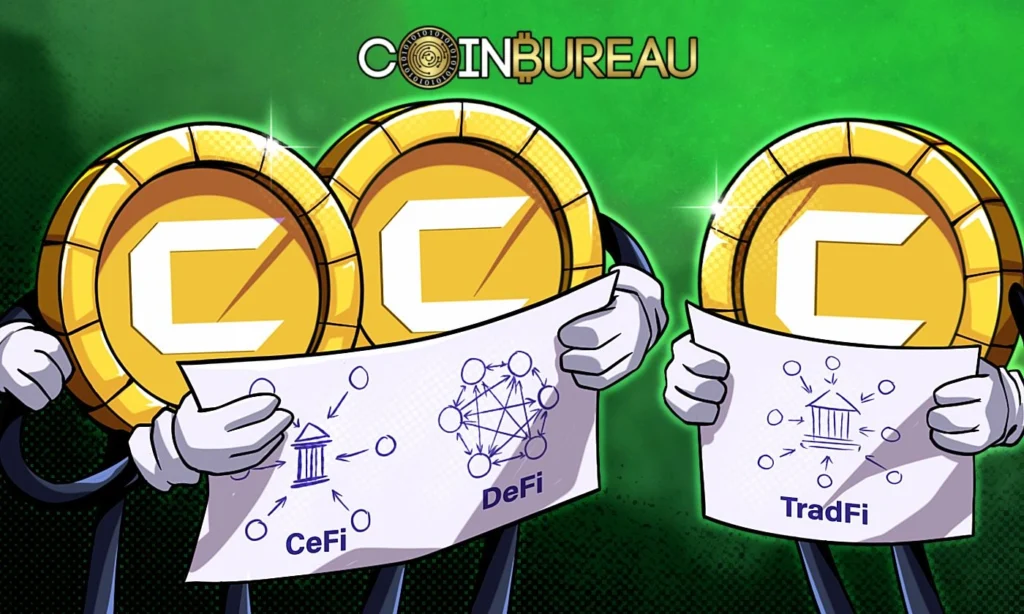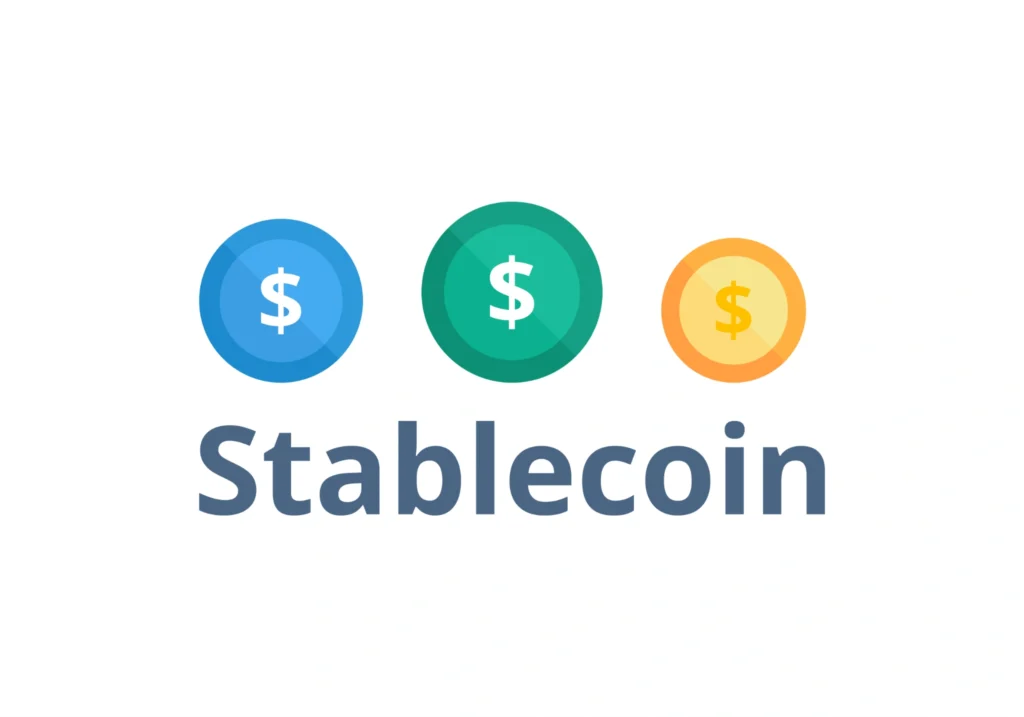DeFi vs CeFi vs TradFi: Financial Systems in Flux
November 29, 2024

DeFi vs CeFi vs TradFi: Financial Systems in Flux
By Youshinger
In the fast-moving world of finance, the debate over DeFi vs CeFi vs TradFi is gaining momentum. These three systems—Decentralized Finance (DeFi), Centralized Finance (CeFi), and Traditional Finance (TradFi)—offer starkly different visions for how money is managed, accessed, and trusted.
As digital currencies and blockchain solutions gain broader attention, questions continue to rise: Will DeFi reshape the future of finance? Can CeFi strike a middle ground? And is TradFi still the safe bet?
Understanding DeFi, CeFi, and TradFi

To understand the dynamics at play, it’s important to define the three.
- Traditional Finance (TradFi) refers to conventional systems involving banks, government-regulated markets, and financial institutions that have formed the backbone of the global economy for decades.
- Centralized Finance (CeFi) represents crypto platforms that maintain centralized control while providing access to blockchain-based assets. Companies like Coinbase and Binance fall under this model.
- Decentralized Finance (DeFi), by contrast, uses smart contracts on blockchains like Ethereum to enable peer-to-peer transactions with no central authority.
Each of these frameworks approaches control, risk, and access differently—a key point in this ongoing conversation.
Control and Trust at the Core of DeFi vs CeFi vs TradFi

The foundational difference between these models lies in who holds control.
TradFi has long relied on institutional trust—banks, regulators, and legal systems. This model emphasizes oversight, consumer protections, and compliance. Critics, however, argue that it can be slow-moving and exclusionary, particularly for the underbanked.
CeFi, while embedded in the digital asset space, still places trust in companies. Centralized exchanges manage user funds and execute trades, aiming to deliver speed and ease-of-use. Still, the model has faced criticism, particularly after high-profile failures such as the collapse of FTX.
DeFi shifts the narrative entirely. Transactions occur through publicly auditable smart contracts. There’s no intermediary. Advocates say this removes bias and grants financial autonomy. Skeptics highlight risks such as code vulnerabilities and lack of consumer recourse.
Not Without Trade-Offs: The Benefits and Risks


Each model brings its own strengths—and limitations.
TradFi offers familiarity, regulatory backing, and stability. It remains essential for services like loans, mortgages, and credit ratings. Yet, it often lacks the agility of newer systems.
CeFi bridges traditional and digital finance, offering users an easy entry into crypto with the comfort of human support. But the trade-off is centralization—and in some cases, less transparency.
DeFi enables borderless finance and opens access for users excluded from banking systems. Users can lend, borrow, or trade directly from a smartphone. However, it also requires technical understanding and greater personal responsibility.
A Possible Convergence of Models


Industry analysts suggest the future may involve a blend of these systems rather than a clear winner. Financial institutions are increasingly exploring blockchain technology. CeFi firms are integrating decentralized tools like yield farming and liquidity pools. Even DeFi is starting to adopt features from more traditional systems—such as insurance protocols and KYC compliance.
“This isn’t a battle so much as a transformation,” said one blockchain researcher. “It’s about integrating the best of each system to meet users where they are.”
Examples are already emerging. Major banks are experimenting with stablecoins. CeFi apps now offer direct access to DeFi markets. The evolution appears ongoing—and far from settled.
Final Word: Why DeFi vs CeFi vs TradFi Still Matters

The comparison of DeFi vs CeFi vs TradFi remains relevant not just for industry insiders, but for everyday users navigating a rapidly changing financial landscape. Each model presents a distinct balance between freedom and risk, control and accessibility.
No one approach offers a perfect solution. But understanding the trade-offs empowers consumers to make smarter choices—whether managing assets through a legacy bank, exploring DeFi lending, or trading on a CeFi exchange.
As finance continues to evolve, the lines between these systems may blur—but the core questions about trust, access, and control remain.
Relevant News: Here

